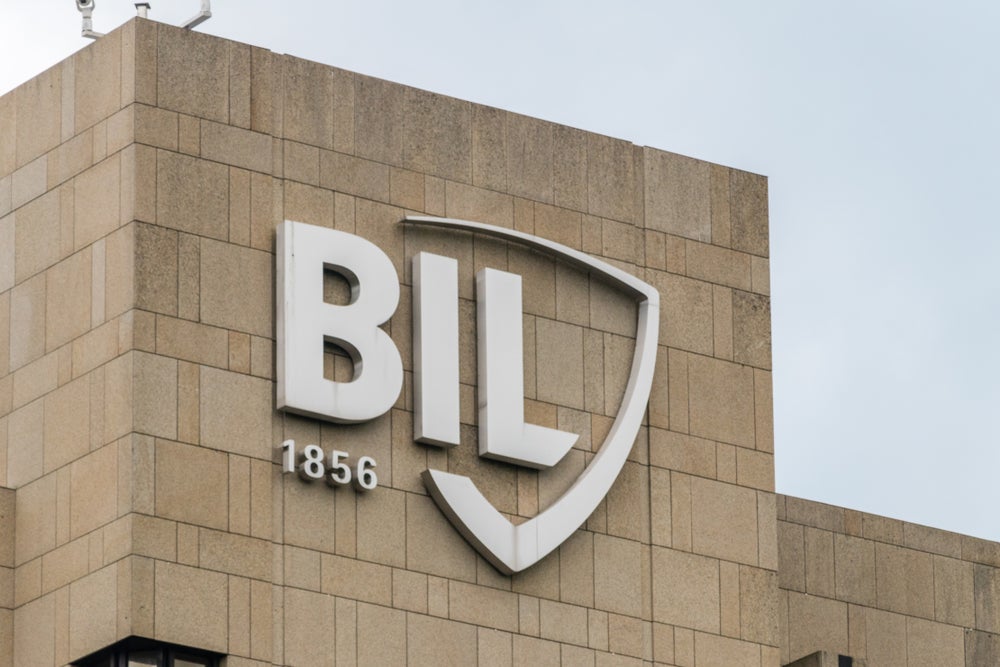By providing investors with the opportunity to accelerate the energy transition while generating healthy returns, green, sustainable or “labelled” bonds experienced a steady surge in popularity until last year, when inflationary pressures caused by Russia’s war on Ukraine led to their first-ever annual downturn.
Nevertheless, according to an annual assessment of green bonds in 2022 by the Stockholm-based financial services company SEB Group, the 2023 outlook for green bond issuance remains positive. In 2022, sustainable bond issuances only fell by 18%, meaning they outperformed their non-sustainable counterparts as market turbulence caused the sustainable debt market as a whole to suffer a year-on-year decline of 22%.
SEB Group expects that, assuming financial markets stabilise this year (they expect key interest rates to peak in early 2023), the sustainable debt market will rebound in 2023, experiencing a 20% year-on-year growth compared with 2022 and a 5% growth relative to 2021. Expectations of growth are aided by fiscal policy developments such as the Inflation Reduction Act in the US, which will provide a minimum of $369bn to energy transition technologies over the next decade, while Europe’s need to move beyond Russian gas is expected to drive additional demand for green debt in that region.
Quality concerns prevail
According to the Climate Bonds Initiative, an investor-focused non-profit, annual green bond issuance will have to reach $5trn by 2025 for the global economy to transition to net-zero emissions by 2050; SEB Group’s estimate for total issuance in 2022 was $1.47trn, meaning companies will have to accelerate their issuance of green bonds. Without greater regulation, there is a risk that the quantity of sustainable bonds reaching the market will outpace improvements in quality.
While governments are working to implement standards ensuring the quality of bonds, including the the EU’s proposed Green Bonds Standard, or the China Green Principles issued last year, there currently only exists a voluntary set of global principles provided by the International Capital Markets Association (ICMA), which determine what asset classes should qualify for use of proceeds from green bonds.
How well do you really know your competitors?
Access the most comprehensive Company Profiles on the market, powered by GlobalData. Save hours of research. Gain competitive edge.

Thank you!
Your download email will arrive shortly
Not ready to buy yet? Download a free sample
We are confident about the unique quality of our Company Profiles. However, we want you to make the most beneficial decision for your business, so we offer a free sample that you can download by submitting the below form
By GlobalDataThe lack of formalised government standards has led to the issuance of “green” bonds that finance controversial activities, including the expansion of Hong Kong’s airport or even financing to coal-related projects. Investors are currently rejecting one-in-five green bonds due to quality concerns. Yoshie Phillips, head of ESG fixed income investing at Russell Investments, a global asset manager, told Responsible Investor that there remains “a long way to go” to ensure that bonds remain high quality.
Brown must go green
There is a heightened risk that proceeds from green bonds could finance dirty assets when the issuing company dabbles in both green and brown activities. As such, issuance from “brown” companies has historically been low, with oil and gas companies making up just 6.5% of green bond issuers in the power and energy sectors in 2020.
Separately, more recent data provided by GlobalData, Energy Monitor’s parent company, of total green bonds issued by energy companies between 2019 and 2022 shows that the percentage issued by oil and gas companies has actually decreased over the past four years, from 5.7% in 2019 to 1.31% in 2021 and 2.53% in 2022.
“Energy companies have been active participants in the labelled bond space,” says William Attwell, associate director at Sustainable Fitch, a global leader in credit ratings and research.
[Keep up with Energy Monitor: Subscribe to our weekly newsletter]
Yet while green bond issues by energy companies have tended to be for the purpose of financing new business areas (for example, in renewable energy), certain projects like those enhancing energy efficiency have “sometimes been met with scepticism by investors”, says Attwell.
For example, as noted in the ICMA’s assessment of a green bond issued in 2017 by oil and gas company Repsol, where proceeds go towards energy efficiency improvements, "Any investment in making refineries more efficient… will likely extend plant operating lifetimes and therefore indirectly increase emissions over time".
Measuring the impact of green bonds
Tying a company’s emissions to its green bonds issuance is far from straightforward, in large part due to discrepancies in emissions reporting, notes a 2021 report by the European Securities and Markets Authority (ESMA). For example, while most companies only report on their scope 1 and 2 emissions, the impact of many clean energy products like electric vehicles only relates to a company’s scope 3 emissions.
Analysing the emissions profile of green bond versus non-green bond issuers, the ESMA found evidence that between 2009 and 2019, green bond issuers displayed both a higher rate of disclosing emissions and greater reduction in emissions than other companies.
Energy Monitor analysis using data focused specifically on energy companies’ performance on climate metrics provided by the Transition Pathway Initiative, an investor-led coalition that analyses the climate plans of large polluters, finds that electric utilities and oil and gas companies that have issued green bonds are more likely to have a long-term emissions-reduction plan in place than those that are not and are more likely to score higher overall for their performance on climate-related metrics.
While these findings indicate there is a connection between companies issuing green bonds and their approach to emissions reduction, there remains no causal link. As such, it is up to the investor to judge a sustainable bond's quality using available information on the issuer, their historic progress on climate-related metrics and the type of bond in question.
Data from GlobalData indicates that energy companies are diversifying the types of sustainable bonds they issue, with a rise in controversial transition bonds issued by six Japanese companies, as well as sustainability-linked bonds (SLBs).
According to Gregor Vulturius, climate and sustainable finance advisor at SEB Group, when it comes to SLBs, what is becoming rapidly best practice in the market is linking a sustainability-linked loan or bond to science-based targets, “which could be set by the Science-Based Targets initiative [SBTi] – a very helpful tool that we advise clients to use”.
SBTi targets have quickly become the most well-respected standard for companies setting decarbonisation targets. The quality as well as quantity of targets set under the SBTi has improved in recent years as an increasing number are judged to be in line with a 1.5°C scenario.
An SLB that links progress on decarbonisation to a target validated by the SBTi may inspire more confidence in its quality, although Vulturius notes that questions of credibility regarding the issuer may prevail, meaning investors should still be wary of how well these targets are integrated into the culture of the company, their strategies and their board-level engagement.
Vulturius adds: “It will be interesting to see [how investors react] when some of the big utilities that have, for example coal, or oil and gas in their portfolios go to the market with a linked structure based on an SBTi – some remain very critical, while some point out that the transition means going from brown to green.”
According to Sustainable Fitch's Attwell, what we may see in the coming years is companies raising green debt in order to finance the growing retirement of fossil fuel assets, which would be an effective use of proceeds. Going forward, key performance indicators that feature a performance metric focused on raising a company's retirements of fossil fuel assets “could feature more regularly”, he suggests.







